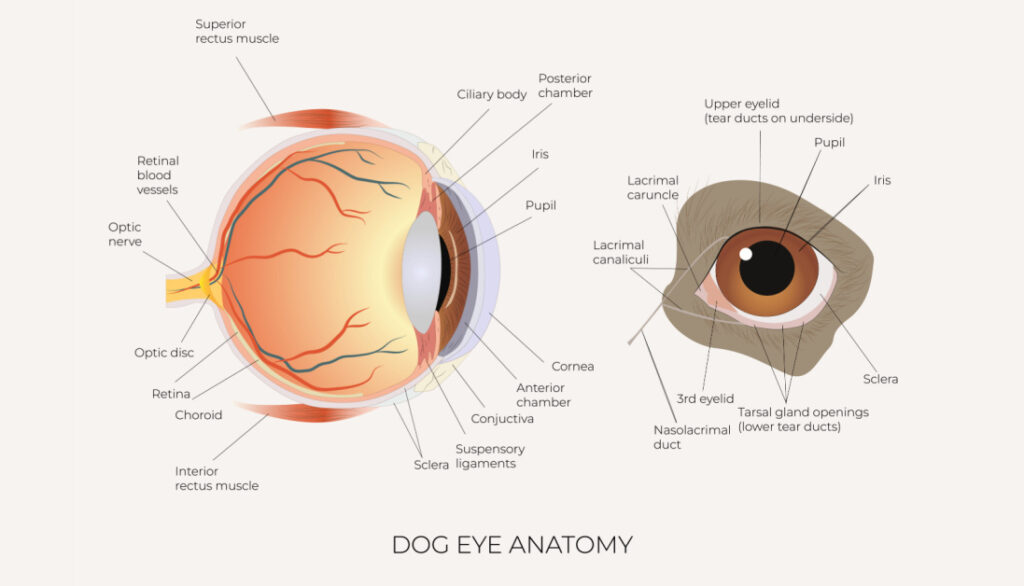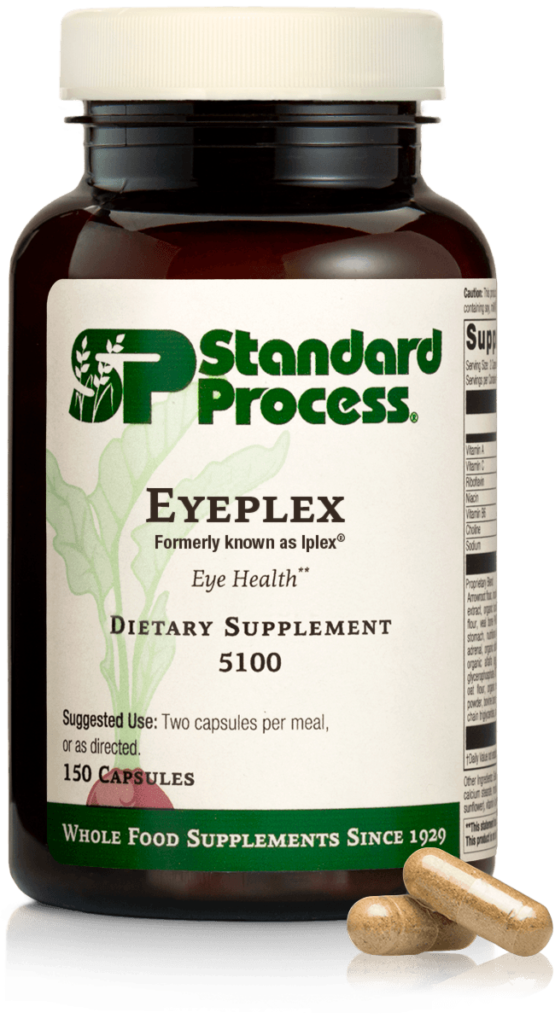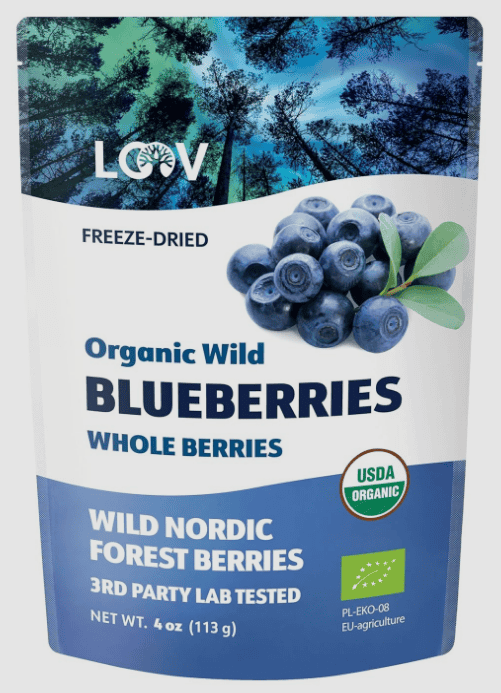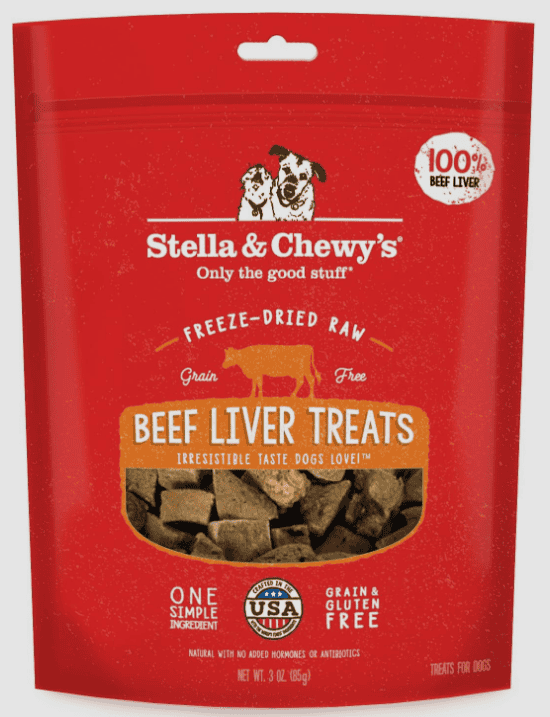Hi there, fellow dog parent! I’m Dr. Candy Akers, and today, we’re going to chat about a topic that’s close to my heart – Maltese Eye Health – Conditions & Solutions From Vet. If you’re a proud parent of a Maltese, you know that these dogs are more than just pets – they’re family. And just like any family member, their health is paramount.

One common area of concern for Maltese dogs is their eyes. The unique structure of their eyes predisposes them to certain conditions that can affect their quality of life. But don’t worry, I’m here to guide you through the complexities of Maltese eye health and offer practical solutions from a vet’s perspective.
We’ll explore the common eye issues in Maltese dogs, discuss preventative measures, and delve into routine eye care and maintenance. I’ll also share tips on how to create a healthy environment for your furry friend to reduce eye problems. From holistic diets to whole-food-based nutritional supplements, we’ll cover it all. So, let’s get started on this journey towards ensuring the best eye health for your beloved Maltese.
Remember, our goal is to provide the best possible care for our furry friends, ensuring they lead a happy, healthy life. So, let’s get started on understanding and improving Maltese Eye Health – Conditions & Solutions From Vet.

Understanding Maltese Eye Structure
Understanding your Maltese’s unique eye structure is the first step towards ensuring their optimal eye health. As a holistic veterinarian, I firmly believe that the more we understand about our pets’ physiology, the better we can protect them from potential health issues. Let’s delve into the fascinating world of Maltese eye structure.
The Maltese breed is known for their expressive, round eyes which are set moderately apart and come in shades of dark brown. The eyes are one of the key features that give the Maltese its distinctive appearance. However, it’s not just their looks that make their eyes unique. The anatomy of their eyes also plays a crucial role in their health.
The eyes of a Maltese are slightly protruding, which makes them more exposed and hence susceptible to certain health conditions. Their tear ducts are relatively small and can easily become blocked, leading to issues like tear staining. Additionally, the Maltese eye is surrounded by a white area called the sclera, which is more visible than in other breeds. This increases the likelihood of conditions like scleritis, an inflammation of the white part of the eye.
The eyelids of the Maltese breed are also unique. They have a distinct shape that can sometimes lead to a condition known as entropion, where the eyelid rolls inward, causing the lashes to rub against the surface of the eye. This can lead to irritation, corneal ulcers, and even vision loss if not addressed promptly.
Understanding these unique features of your Maltese’s eye structure is crucial in identifying potential problems early on. The more you know about your dog’s eyes, the better you can spot signs of trouble and seek veterinary attention promptly. Remember, early detection and treatment can make a world of difference when it comes to preserving your Maltese’s eye health.
As a dedicated pet parent, your Maltese’s health is your top priority. By understanding their unique eye structure, you can ensure that your furry friend continues to see the world in all its beauty.

Common Eye Issues In Maltese
As a veterinarian, I often see Maltese Eye Health – Conditions & Solutions From Vet as a common topic of concern among Maltese dog parents. The Maltese breed, while adorable and endearing, is predisposed to certain eye health issues. Understanding these issues can help you identify symptoms early and seek prompt veterinary care.
Epiphora, or excessive tear production, is a common problem in Maltese dogs. This condition often leads to tear staining, visible as a reddish-brown discoloration under the eyes. While it’s not usually harmful, it can sometimes be a symptom of underlying health problems, such as allergies or eye infections.
Keratoconjunctivitis Sicca, also known as dry eye, is another prevalent condition. It occurs when the eyes don’t produce enough tears, leading to dryness, discomfort, and sometimes, serious damage to the cornea if left untreated.
Progressive Retinal Atrophy (PRA) is a genetic condition often seen in Maltese dogs. This disease causes the cells in the retina to degenerate over time, leading to night blindness and eventually, total blindness. There’s currently no cure for PRA, but early detection can help manage the condition and slow down its progression.
The Maltese breed is also susceptible to Cataracts, a condition that causes cloudiness in the lens of the eye, leading to impaired vision and potential blindness. While cataracts can affect any dog, they’re particularly common in Maltese dogs due to their genetic predisposition.
Entropion is a condition where the eyelid rolls inward, causing the eyelashes to rub against the cornea. This can cause irritation, corneal ulcers, and even vision loss if not treated promptly.
Lastly, Distichiasis is a condition where extra eyelashes grow from the eyelid’s margin and rub against the surface of the eye, causing discomfort and potential damage.
As a dog parent, it’s important to recognize these common Maltese Eye Health – Conditions & Solutions From Vet. Regular vet check-ups, prompt attention to symptoms, and a proactive approach to eye care can help keep your Maltese’s eyes healthy and bright.

Prevention of Eye Problems in Maltese Dogs
Ensuring your Maltese gets the right nutrients for optimal eye health is essential for maintaining clear vision and preventing age-related issues. Natural, nutrient-rich foods and supplements can play a key role in supporting their eyesight. From vitamin A-packed freeze-dried liver treats to antioxidant-rich blueberries and targeted supplements like Eyeplex by Standard Process, there are several ways to nourish your dog’s eyes. In this section, we’ll explore how these powerful ingredients contribute to long-term vision health and overall well-being.
Eyeplex by Standard Process
Eyeplex by Standard Process is a specialized supplement designed to support your Maltese’s eye health with a blend of essential nutrients. Formulated with key vitamins, minerals, and antioxidants, Eyeplex helps protect against oxidative stress, supports retinal function, and promotes overall vision health. Ingredients like vitamin A, vitamin C, and zinc contribute to maintaining strong eyesight, while whole food ingredients provide additional phytonutrients for cellular protection. Adding Eyeplex to your Maltese’s diet can be especially beneficial for aging dogs or breeds prone to eye conditions, offering targeted nutritional support to keep their vision sharp and healthy for years to come.

Freeze-Dried Blueberries
Freeze-dried blueberries are a powerhouse of antioxidants that can help protect your Maltese’s eyes from oxidative stress and age-related damage. Rich in vitamins C and E, as well as anthocyanins, these tiny but mighty berries help combat free radicals that can contribute to eye diseases like cataracts and macular degeneration. Incorporating freeze-dried blueberries into your dog’s diet provides a natural and delicious way to support retinal health, reduce inflammation, and promote overall vision longevity. Plus, they’re a low-calorie, dog-friendly treat that makes a great addition to a balanced diet for long-term eye health.

Freeze-Dried Liver
Freeze-dried liver treats are an excellent natural source of vitamin A, an essential nutrient for your Maltese’s eye health. Vitamin A plays a crucial role in maintaining good vision, especially in low-light conditions, while also supporting overall immune function and skin health. Since liver is rich in bioavailable vitamin A, incorporating freeze-dried liver treats into your dog’s diet provides a convenient and nutritious way to promote optimal eye function. Just be sure to feed them in moderation, as excessive vitamin A can lead to toxicity. Adding these nutrient-packed treats to your pup’s routine is a simple, tasty way to support their long-term vision and well-being!

By prioritizing your Maltese’s eye health through a balanced diet and nutritional supplements, you can help prevent many common eye issues. These simple steps can go a long way in ensuring your pup’s eyes stay healthy and clear for years to come.
Environmental Hygiene To Reduce Eye Problems
As a doting Maltese dog parent, you’re probably aware of the importance of maintaining your pet’s eye health. However, have you ever considered the role of environmental hygiene in reducing eye problems? Let’s delve into this crucial aspect of Maltese eye health.
Indoor Air Quality
Indoor air quality plays a significant role in the eye health of your Maltese. Airborne irritants such as dust, mold, and pollen can cause eye irritation and inflammation, leading to conditions such as conjunctivitis and dry eye.
- Regular Cleaning: Regularly dust and vacuum your home to reduce the amount of airborne irritants. Pay special attention to areas where your Maltese spends most of its time.
- Air Purifiers: Consider investing in an air purifier with a HEPA filter to remove allergens from the air.
- Humidifiers: A humidifier can help maintain appropriate moisture levels in the air, preventing dry eye conditions.
Sprays, Diffusers, Candles, Incense
While we all love a fresh-smelling home, certain products such as air fresheners, diffusers, candles, and incense can irritate your Maltese’s eyes. These products often contain chemicals and artificial fragrances that can cause eye irritation, allergies, and even more serious eye conditions.
- Choose Natural Alternatives: Opt for natural alternatives like essential oils, beeswax candles, or simply opening a window for fresh air. Always ensure the products are pet-safe and kept out of reach of your Maltese.
- Limit Use: If you must use these products, limit their use and ensure your Maltese is in a well-ventilated area or another room.
Remember, your Maltese’s eyes are sensitive and prone to irritation. Maintaining a clean, allergen-free environment is crucial for their eye health. Regular cleaning, air purifiers, and the cautious use of air fresheners can go a long way in preventing eye issues. As always, if you notice any changes in your Maltese’s eyes, such as redness, discharge, or discomfort, seek veterinary advice immediately. Your vet can provide the best solutions for maintaining your Maltese’s eye health.

Routine Maltese Eye Care & Maintenance
As a proud Maltese parent, it’s crucial to understand the importance of routine eye care and maintenance for your furry friend. This breed is known for their charming, expressive eyes, but they’re also prone to certain eye health issues. Let’s discuss some daily and weekly care tips, as well as other factors like hair and nail length, and bath frequency.
Daily & Weekly Care & Maintenance
Regularly checking your Maltese’s eyes should become part of your daily routine. Look for any signs of redness, swelling, or discharge. If you notice anything unusual, it’s best to consult with your vet immediately.
Cleaning your Maltese’s eyes is also essential. Use a clean, damp cloth to gently wipe away any crust or discharge from the corners of their eyes. Remember to be gentle and careful not to hurt their eyes.
Weekly, consider using a vet-approved eye cleaning solution. This can help prevent the build-up of bacteria and reduce the risk of eye infections. Always follow the instructions on the product label and never use human eye drops or solutions, as they may harm your dog’s eyes.
Monitor Hair Length, Nail Length, Bath Frequency
Another factor that can affect your Maltese’s eye health is their hair length. Long hair can irritate their eyes, leading to redness, scratching, and even infections. Regular grooming can help keep their hair at a manageable length and out of their eyes.
Similarly, long nails can pose a risk. Your Maltese may accidentally scratch their eyes while grooming or playing. Regular nail trims can help prevent such incidents.
Lastly, consider your Maltese’s bath frequency. While baths can keep your Maltese clean and smelling fresh, too frequent baths can dry out their skin and hair, leading to irritation. Aim for a balance and consider using a dog-friendly, tear-free shampoo to avoid irritating their eyes during bath time.
Remember, Maltese eye health requires regular care and attention. As a responsible pet parent, it’s your role to ensure their eyes remain bright and healthy. Always consult with your vet for the best eye care practices and solutions for your Maltese.
Frequently Asked Questions
1. What are common eye conditions in Maltese dogs?
Maltese dogs are prone to various eye conditions such as cataracts, progressive retinal atrophy (PRA), dry eye (keratoconjunctivitis sicca), and cherry eye.
2. How can I prevent eye problems in my Maltese?
To prevent eye problems in your Maltese, it is important to keep their eyes clean and free from debris. Regularly check for any signs of redness, discharge, or irritation. Avoid exposing your Maltese to excessive dust, smoke, or chemicals that can irritate their eyes. Regular visits to the vet for eye examinations are also recommended.
3. What are the symptoms of dry eye in Maltese dogs?
The symptoms of dry eye in Maltese dogs include excessive blinking, redness, inflammation, discharge, squinting, and corneal ulcers. If you notice any of these symptoms, it is important to consult a vet for proper diagnosis and treatment.
4. Can cataracts be treated in Maltese dogs?
Yes, cataracts in Maltese dogs can be treated through surgery. However, the success of the surgery depends on the severity of the cataracts and the overall health of the dog. It is important to consult with a veterinary ophthalmologist for proper evaluation and guidance.
5. What is cherry eye and how is it treated?
Cherry eye is a condition where the gland of the third eyelid prolapses, causing a red, swollen mass in the corner of the eye. It can be treated through surgical repositioning of the gland or by removing the gland altogether. It is recommended to consult a vet for proper diagnosis and treatment options.
